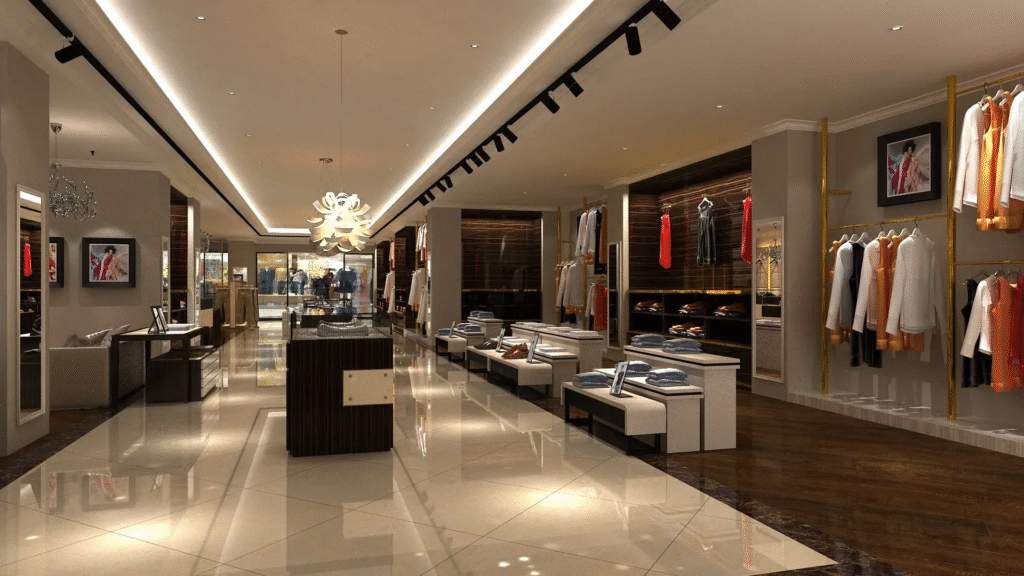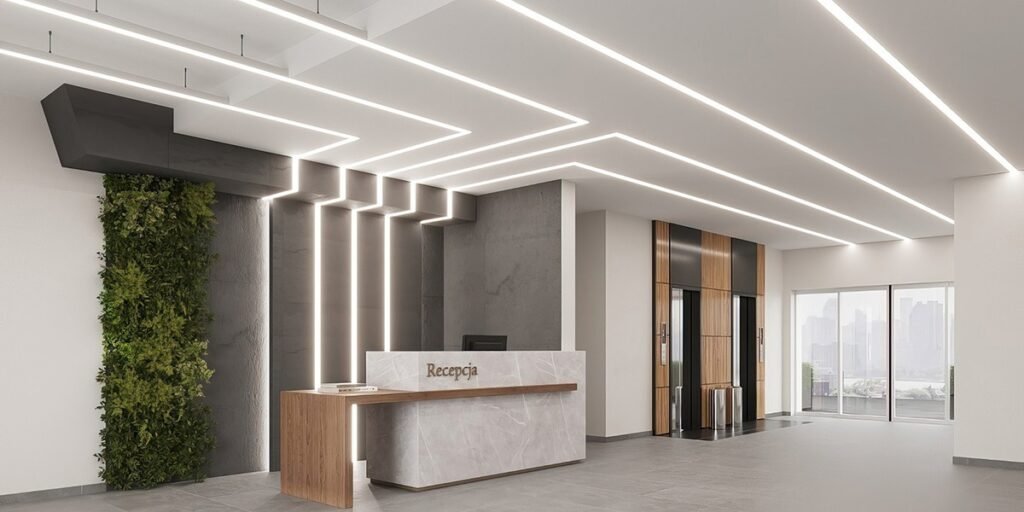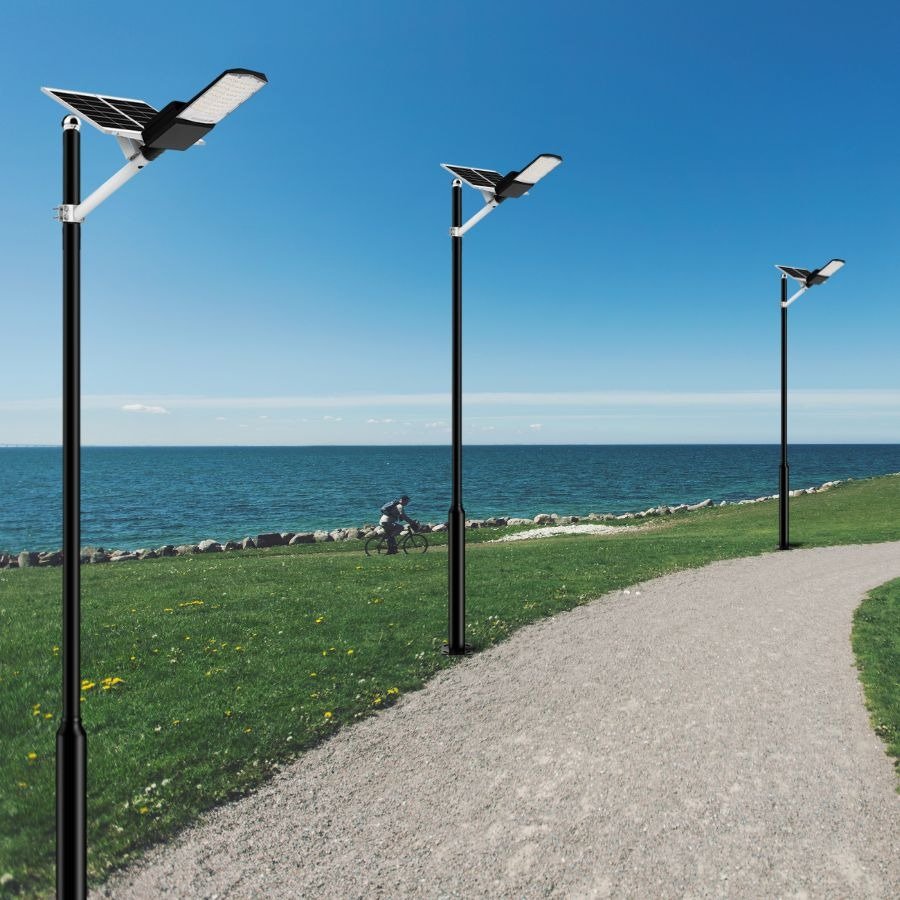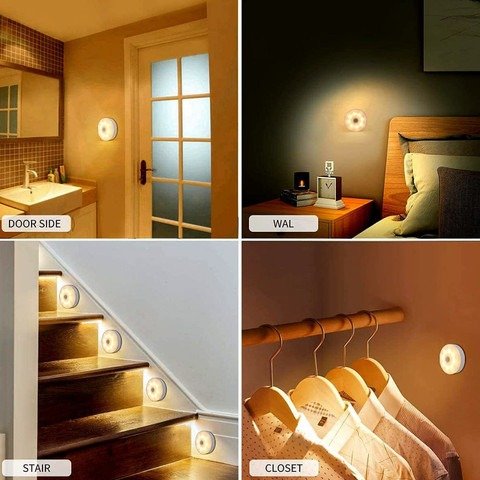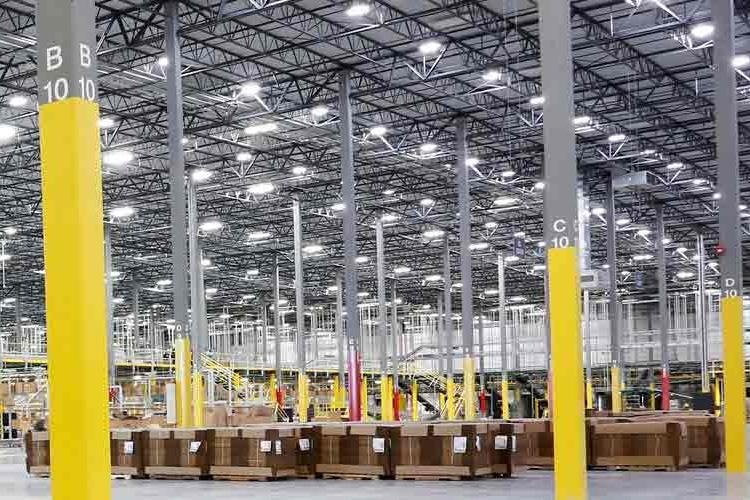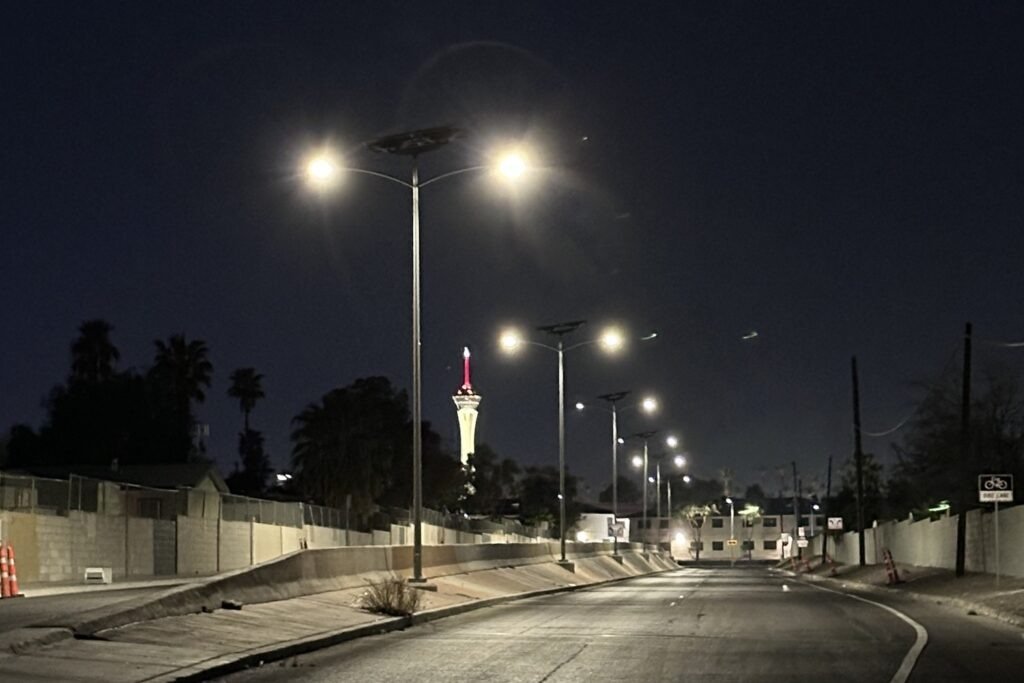Bright Solutions on the Move: How LEDs Power Transportation Energy Savings
When talking about transportation energy savings, many focus on fuel-efficient engines or electric vehicles. But a silent revolution is happening above our heads—LED lighting. Whether on highways, subways, ports, or airport runways, LED technology is helping governments and operators drastically reduce energy use.
It’s not just about brightness—it’s about smart, scalable energy management that cuts costs, reduces carbon footprints, and increases safety.
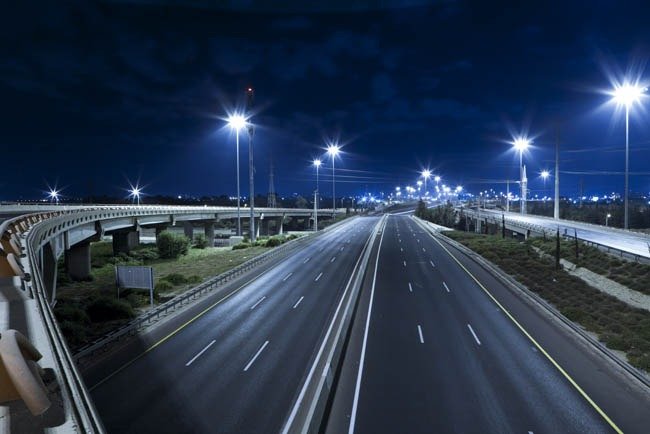
Why Lighting Is a Major Energy Factor in Transportation
Lighting in the transportation sector is non-stop—whether for 24/7 highway illumination or underground transit systems. These lights account for a massive portion of the infrastructure’s electricity demand, making transportation energy savings a top priority.
According to the U.S. Department of Energy, lighting makes up to 20% of transport-related electricity usage. Upgrading lighting systems is now one of the fastest and easiest ways to improve sustainability across transport networks.
How LED Lighting Powers Transportation Energy Savings
1. High Energy Efficiency
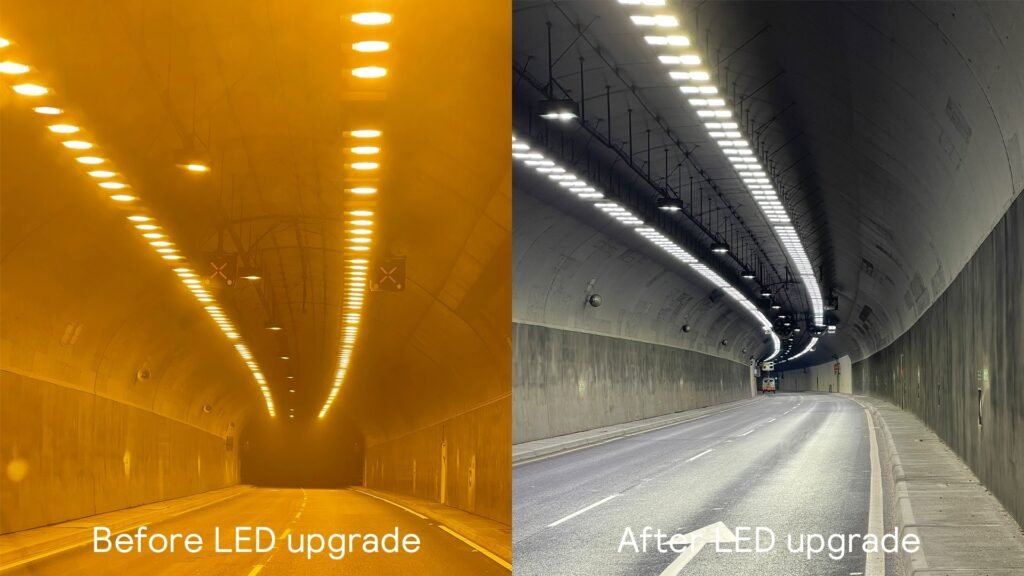
LEDs consume up to 80% less electricity than traditional lights like halogen or sodium vapor, contributing directly to transportation energy savings in large-scale applications.
2. Longer Life and Lower Maintenance
A lifespan of 50,000+ hours means reduced maintenance—crucial for hard-to-access areas such as tunnels, overpasses, and railways. This boosts both reliability and savings.
✅ Real-World Example: Los Angeles switched over 140,000 streetlights to LED, reducing energy consumption by 63%, and saving millions annually in energy and maintenance.
3. Smart Controls Integration
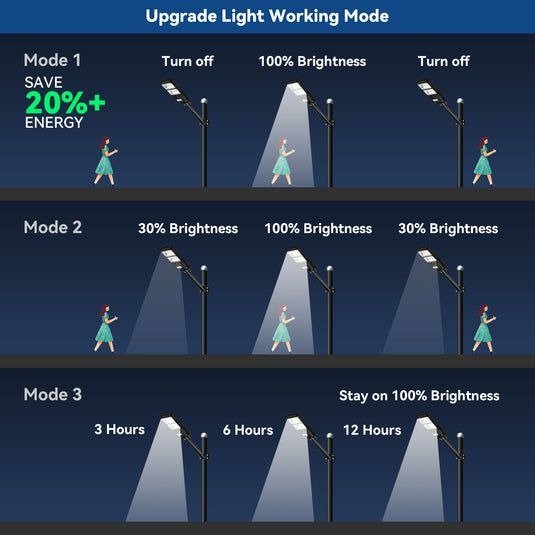
LED systems can pair with motion sensors, timers, and adaptive lighting controls, allowing for real-time energy optimization. For instance, tunnel lighting can dim when traffic is light, increasing transportation energy savings.
4. Better Visibility, Safer Roads
LEDs offer high Color Rendering Index (CRI), improving driver and pedestrian visibility. Better visibility means fewer accidents, making roads safer and reducing indirect energy waste.
5. Lower Heat Emissions
LEDs produce minimal heat, reducing the need for ventilation or cooling—especially important in enclosed spaces like underground stations or aircraft hangars.
High-Impact LED Use Cases in Transportation
🛣️ Roadways and Highways
- LEDs reduce energy use and integrate with smart city systems.
- Dynamic dimming during low-traffic hours increases transportation energy savings.
🚇 Subways and Rail Networks
- LEDs replace outdated, heat-emitting lighting.
- Reduced fire hazards and operational costs.
✈️ Airports and Runways
- LED runway lights provide better visibility, longer lifespan, and major savings.
- Adaptive systems light up based on airplane movement and traffic.
⚓ Ports and Marine Terminals
- High-lumen LEDs cover large outdoor areas efficiently.
- Durable in extreme weather, with minimal energy draw.
Falcon Electronics: Your Partner in Smart Transportation Lighting
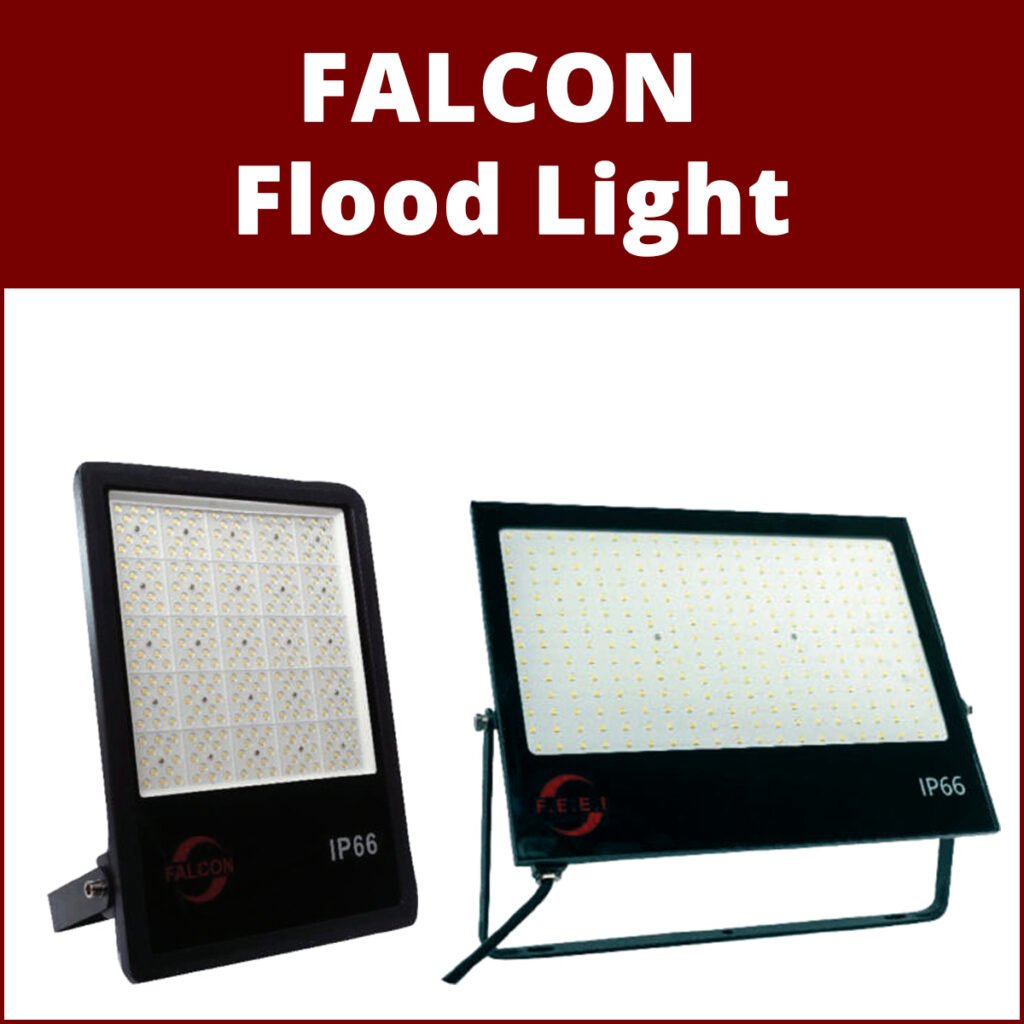
Falcon for Electronics and Electrical Industries provides rugged, industrial-grade LED lighting systems tailored for transportation infrastructure. From IP66-rated floodlights for ports to motion-sensing tunnel lights, Falcon’s solutions enhance transportation energy savings with maximum performance.
They offer not just lighting, but intelligent infrastructure support that scales with your needs—saving energy, money, and the planet.
Frequently Asked Questions About LED Lighting in Transportation
1. How do LED systems enhance transportation energy savings?
They reduce power usage, minimize maintenance, and work with smart systems to eliminate waste.
2. What kind of return on investment do LED upgrades offer?
Most operators see ROI in 2–3 years due to reduced energy bills and maintenance costs.
3. Are LEDs tough enough for outdoor transport environments?
Yes. Falcon’s transport-grade LEDs are built to withstand vibration, heat, rain, and dust.
4. Can LED lighting be automated in transport facilities?
Absolutely. LEDs can work with IoT platforms for real-time dimming, scheduling, and usage monitoring—key to maximizing transportation energy savings.
5. Are there green incentives for upgrading to LED in this sector?
Yes. Many governments offer grants and subsidies for sustainable infrastructure improvements.
6. Is LED lighting safe for enclosed spaces like tunnels?
Definitely. LEDs produce less heat and no toxic emissions, making them safer for tunnels and enclosed terminals.
Take the First Step Toward Smarter, Greener Transport
Whether you’re upgrading a railway platform, modernizing a port, or rethinking road lighting, the path to transportation energy savings starts with LED.
🔧 Talk to Falcon Electronics today for a customized LED solution that matches your infrastructure needs—and cuts your energy bill.
Sources:
- U.S. Department of Energy – LED Lighting Facts
- International Energy Agency – Transport & Lighting
- Smart Cities Dive – LED Infrastructure Savings

